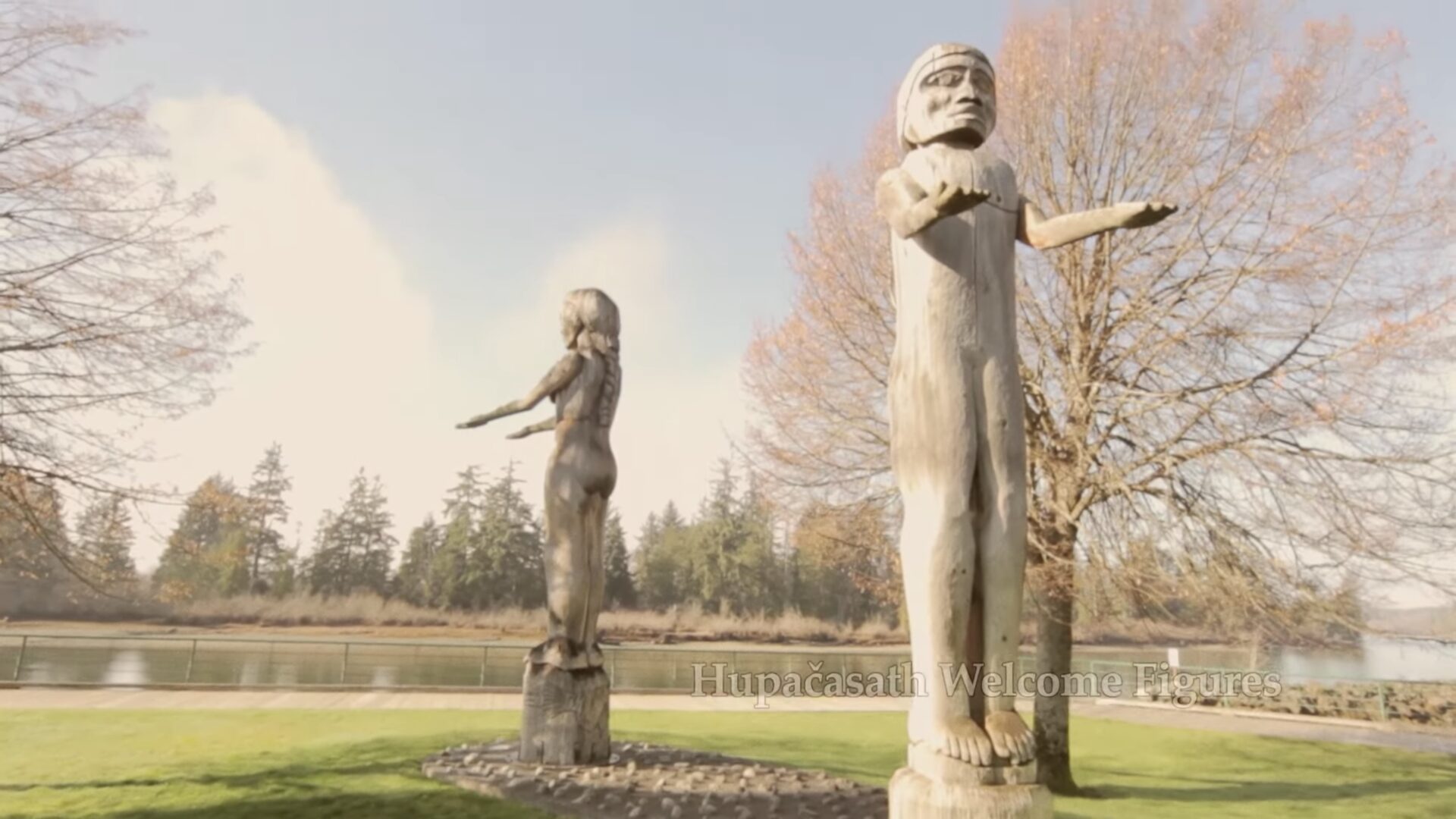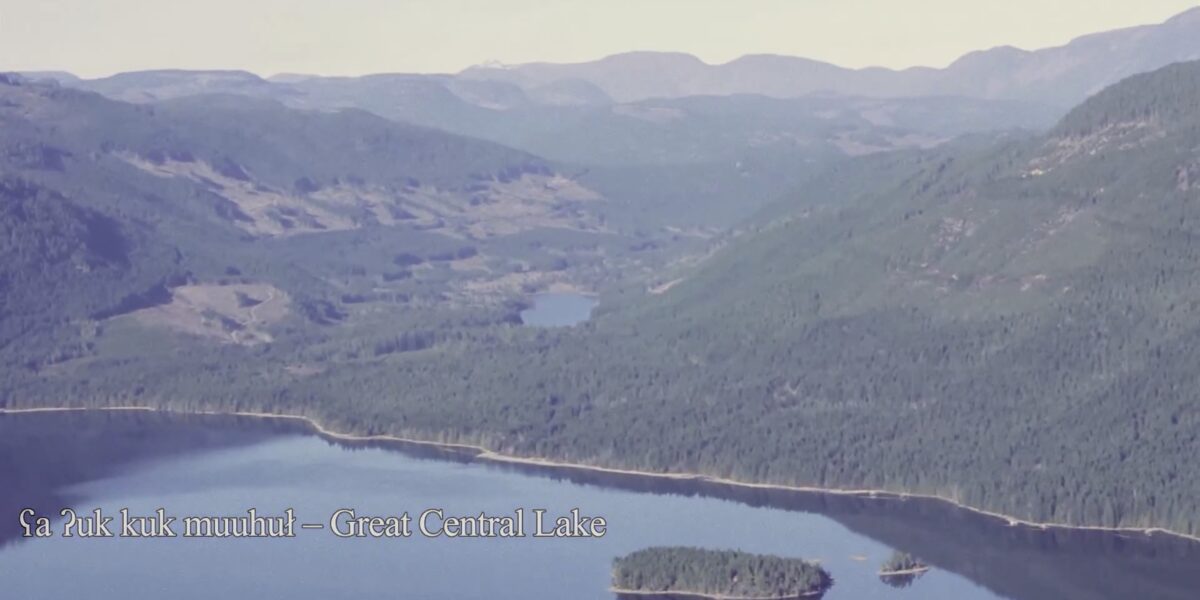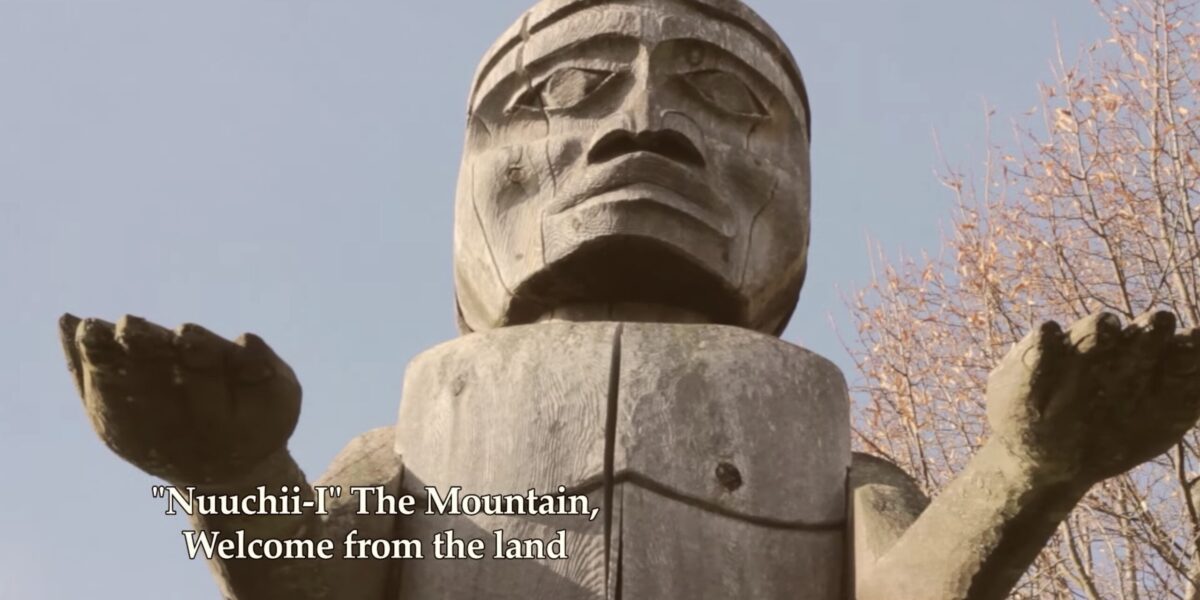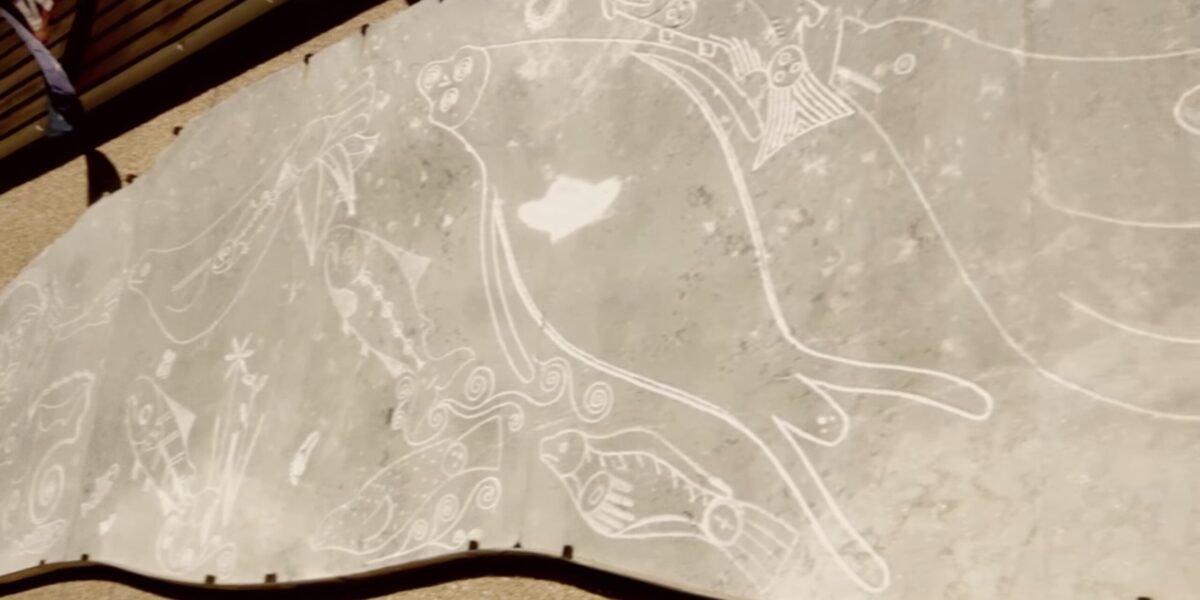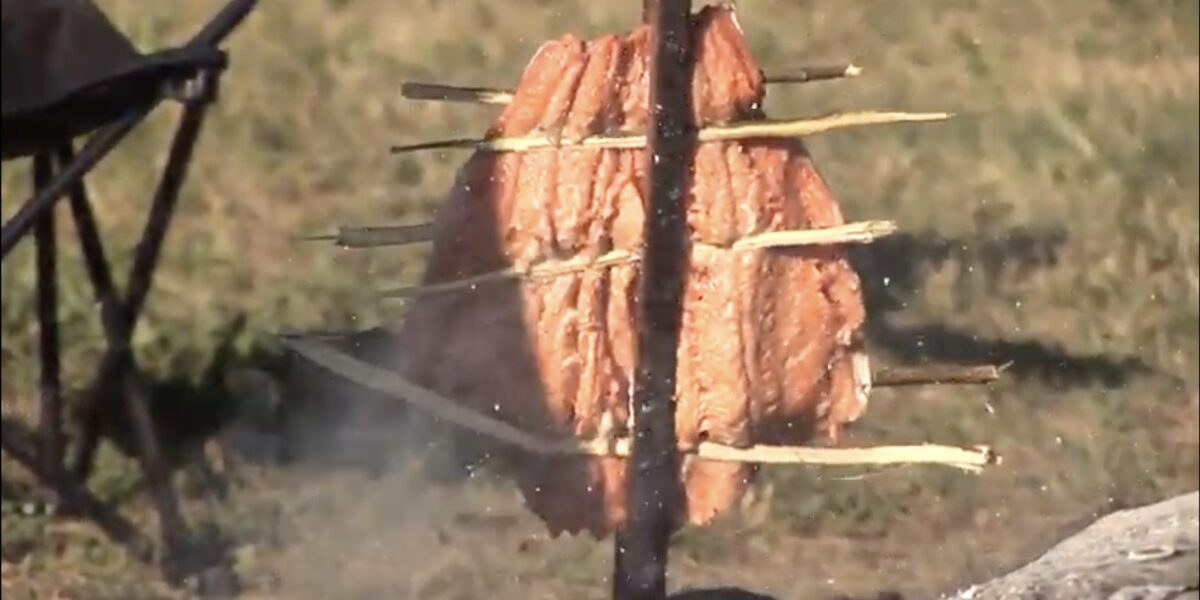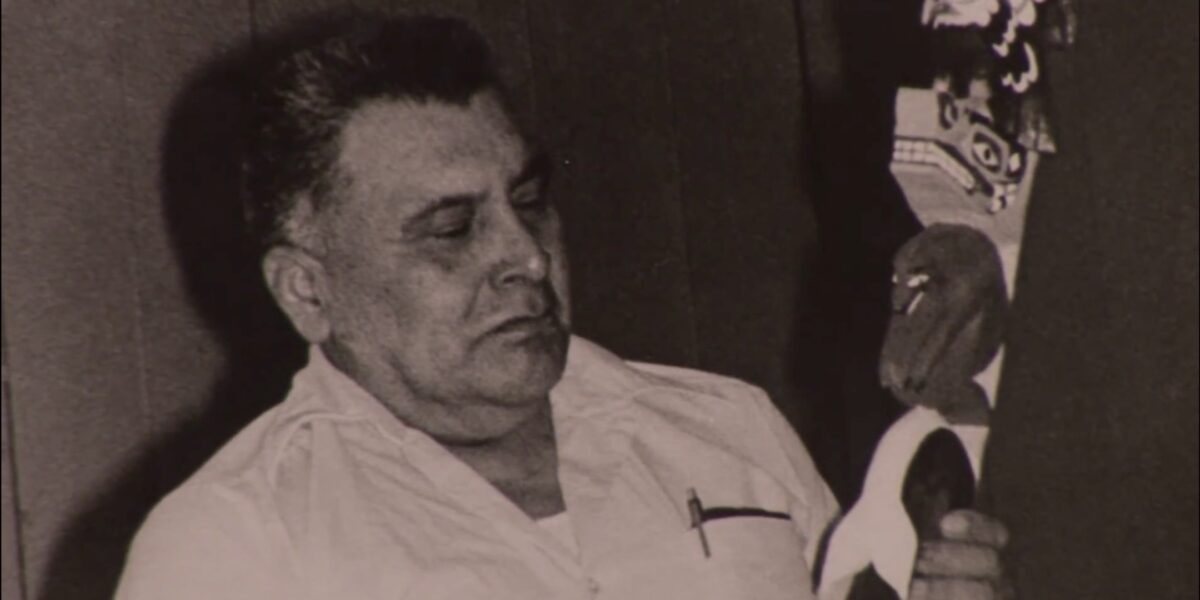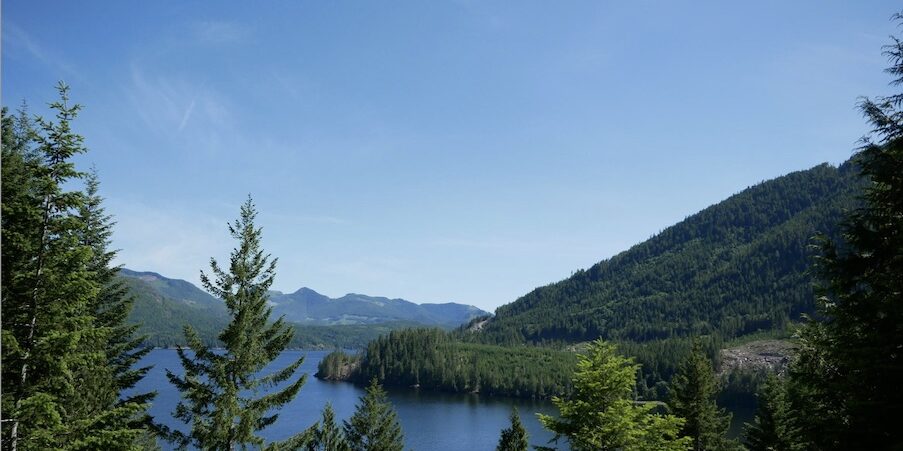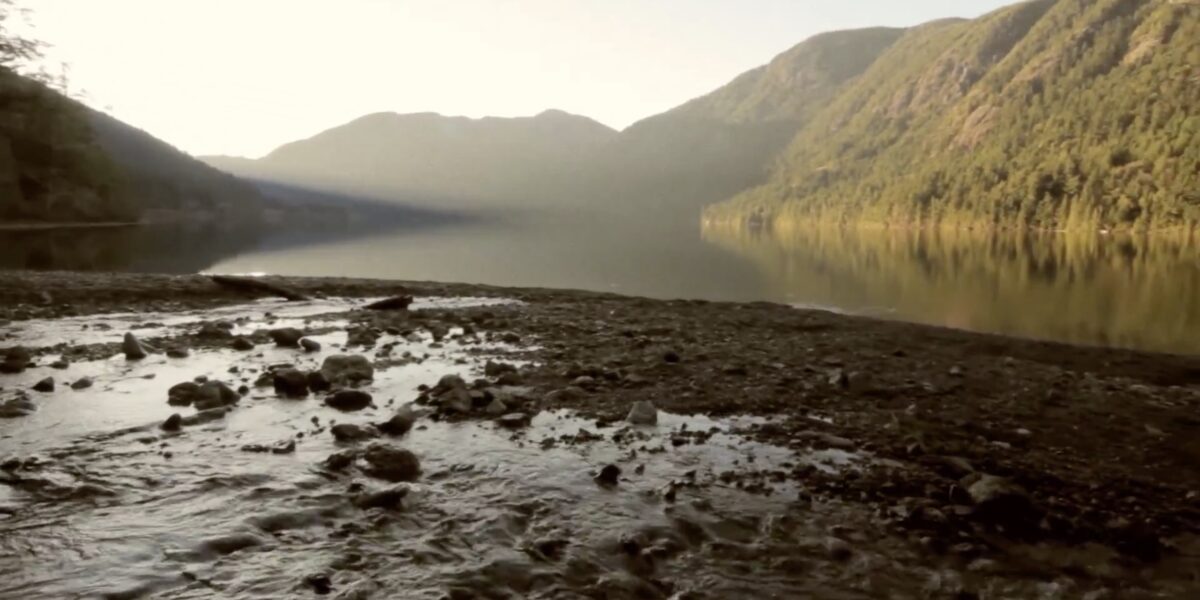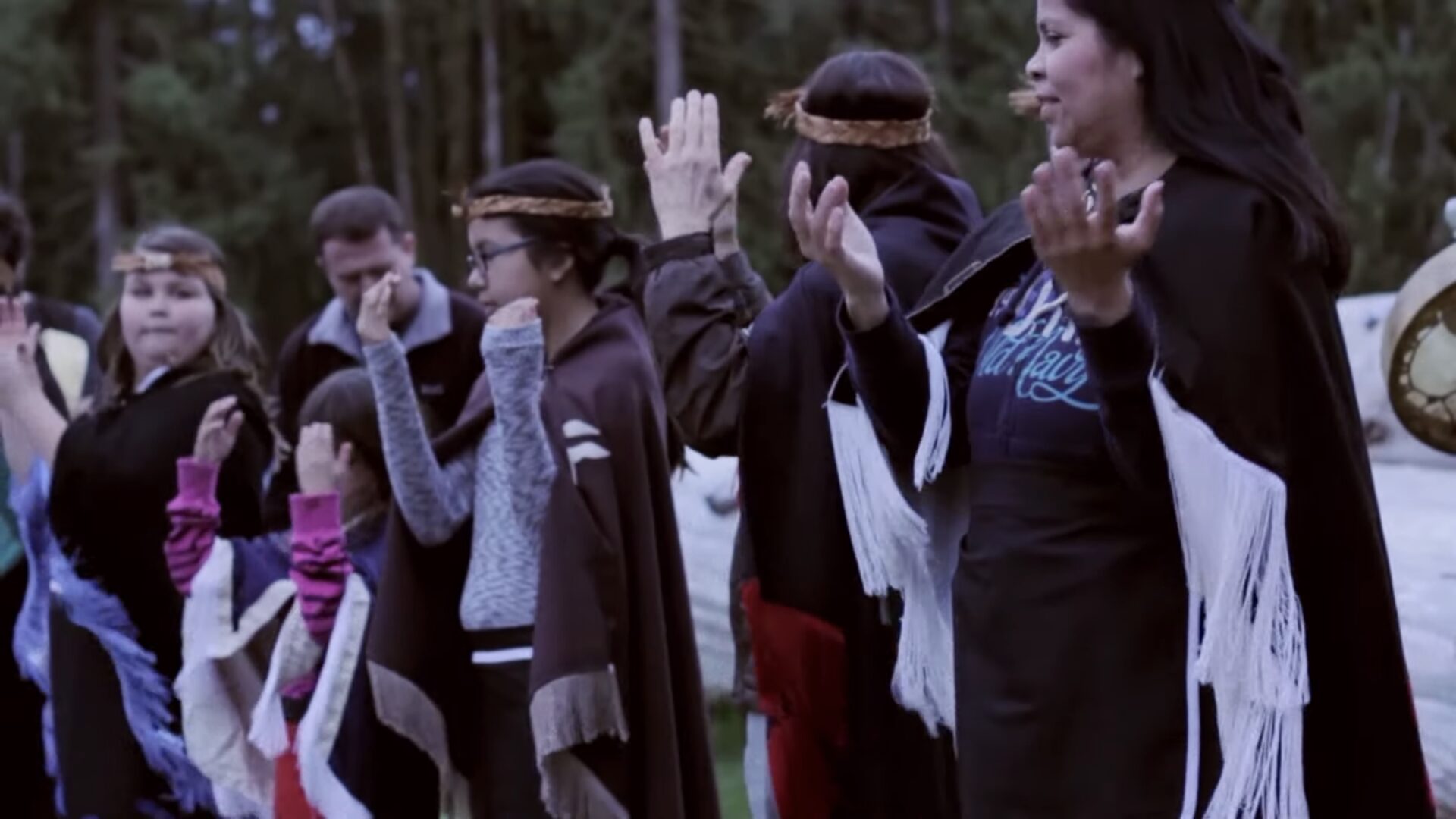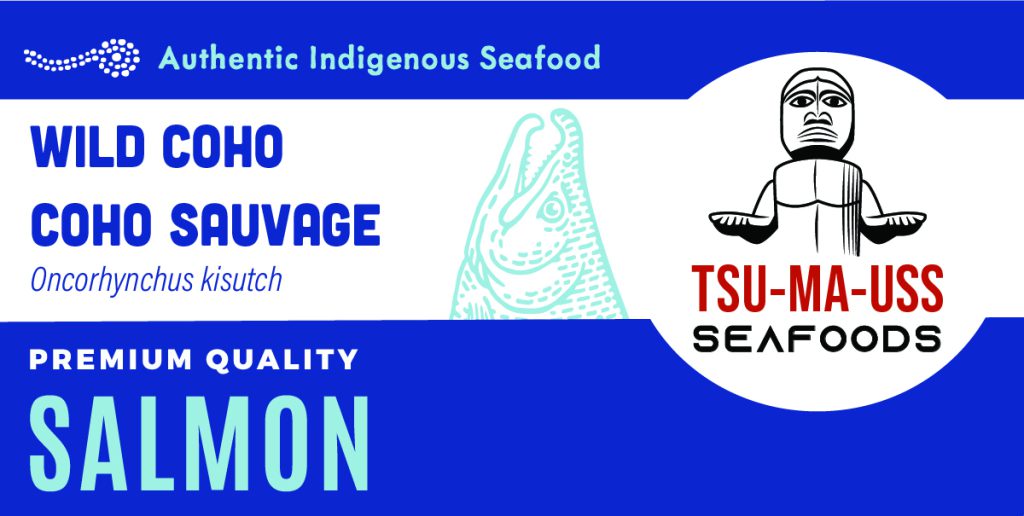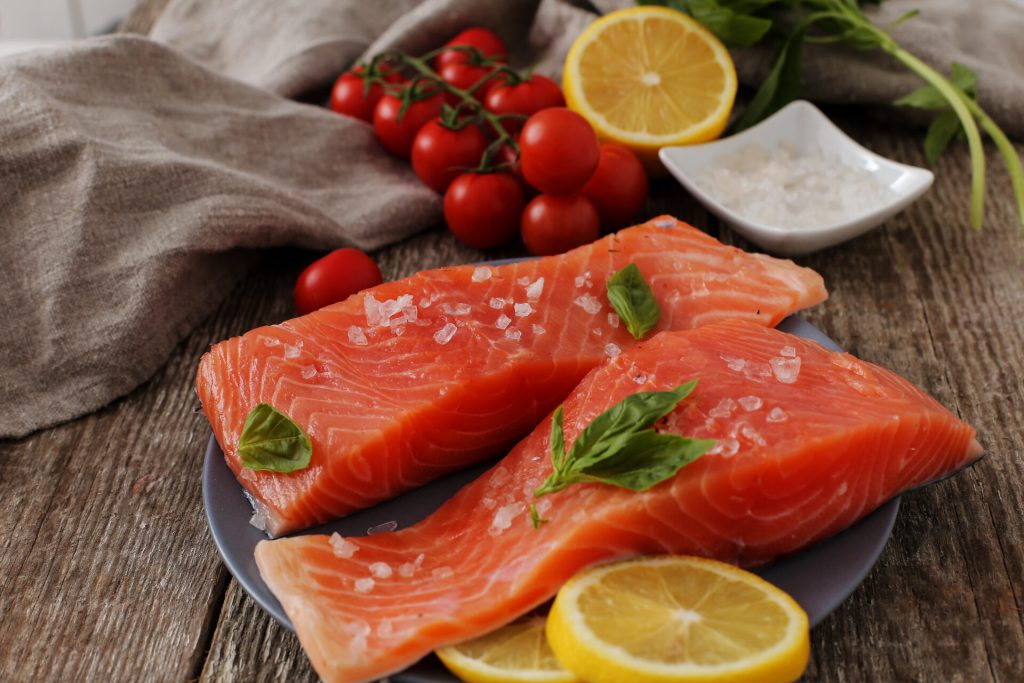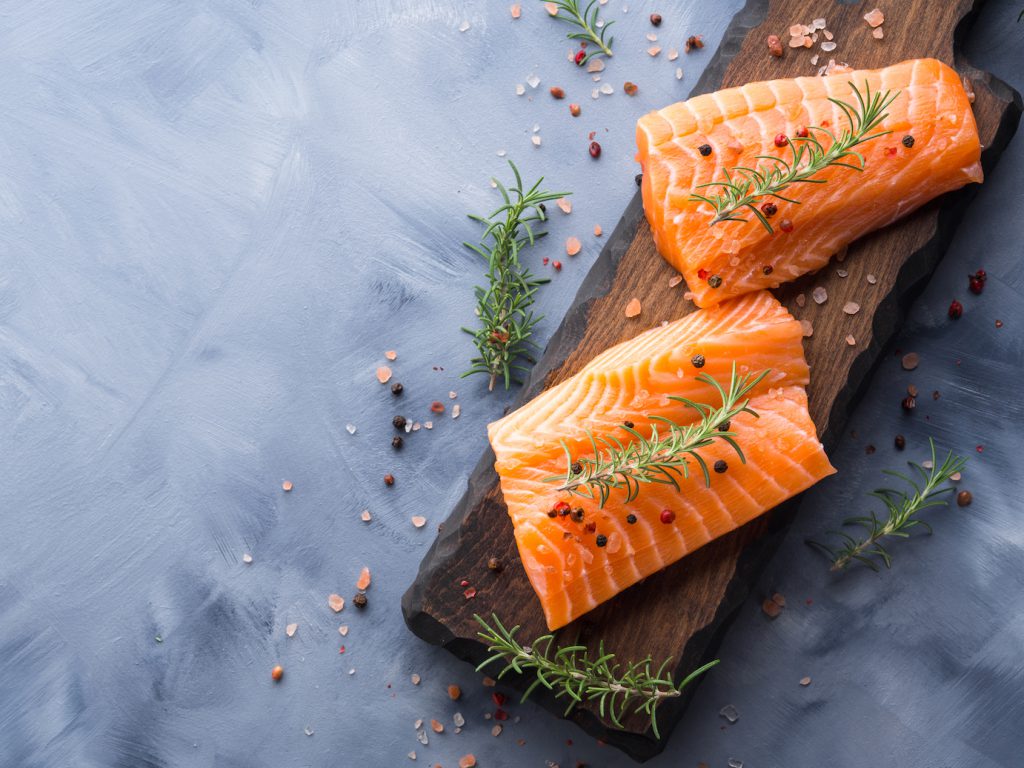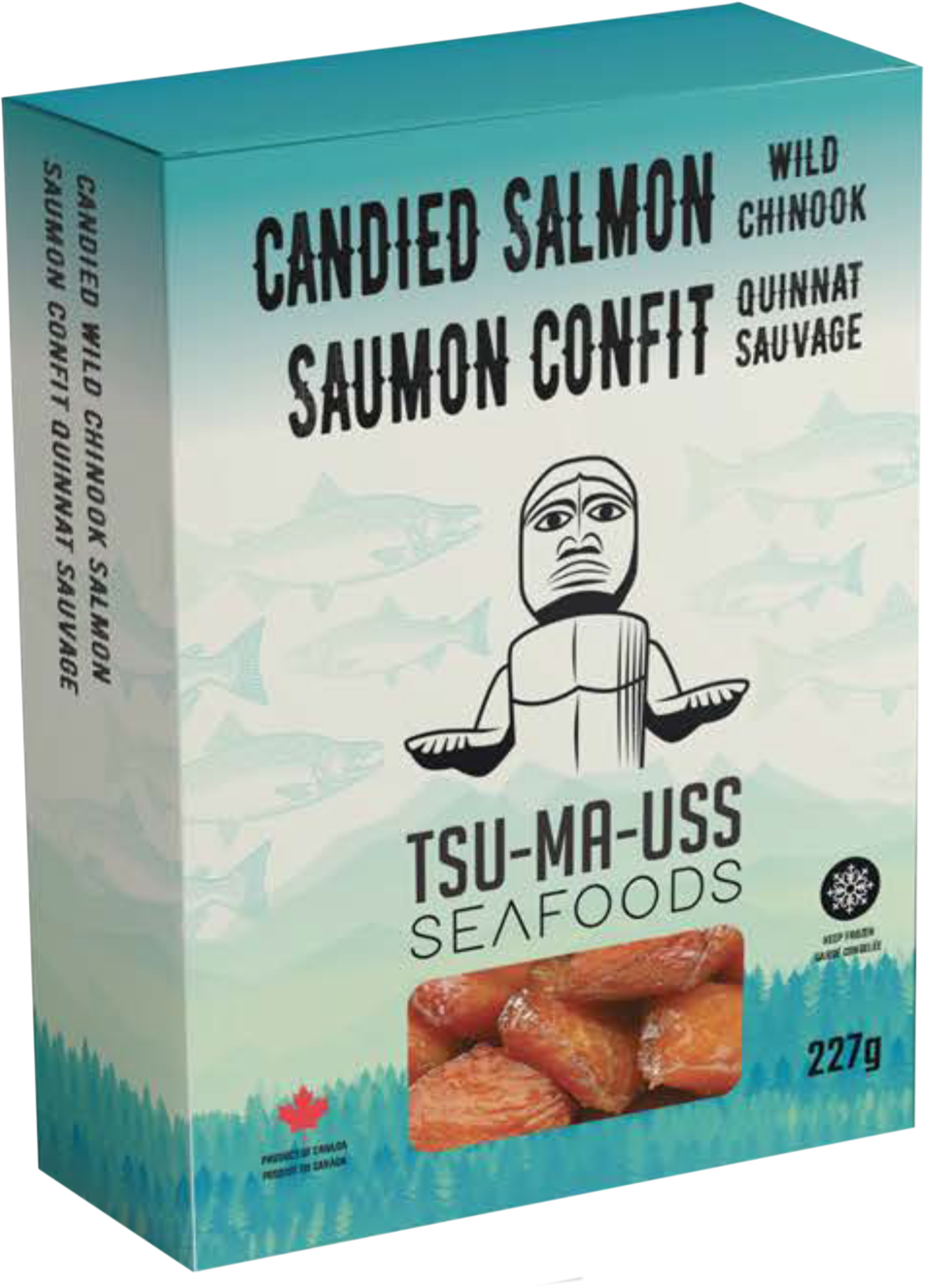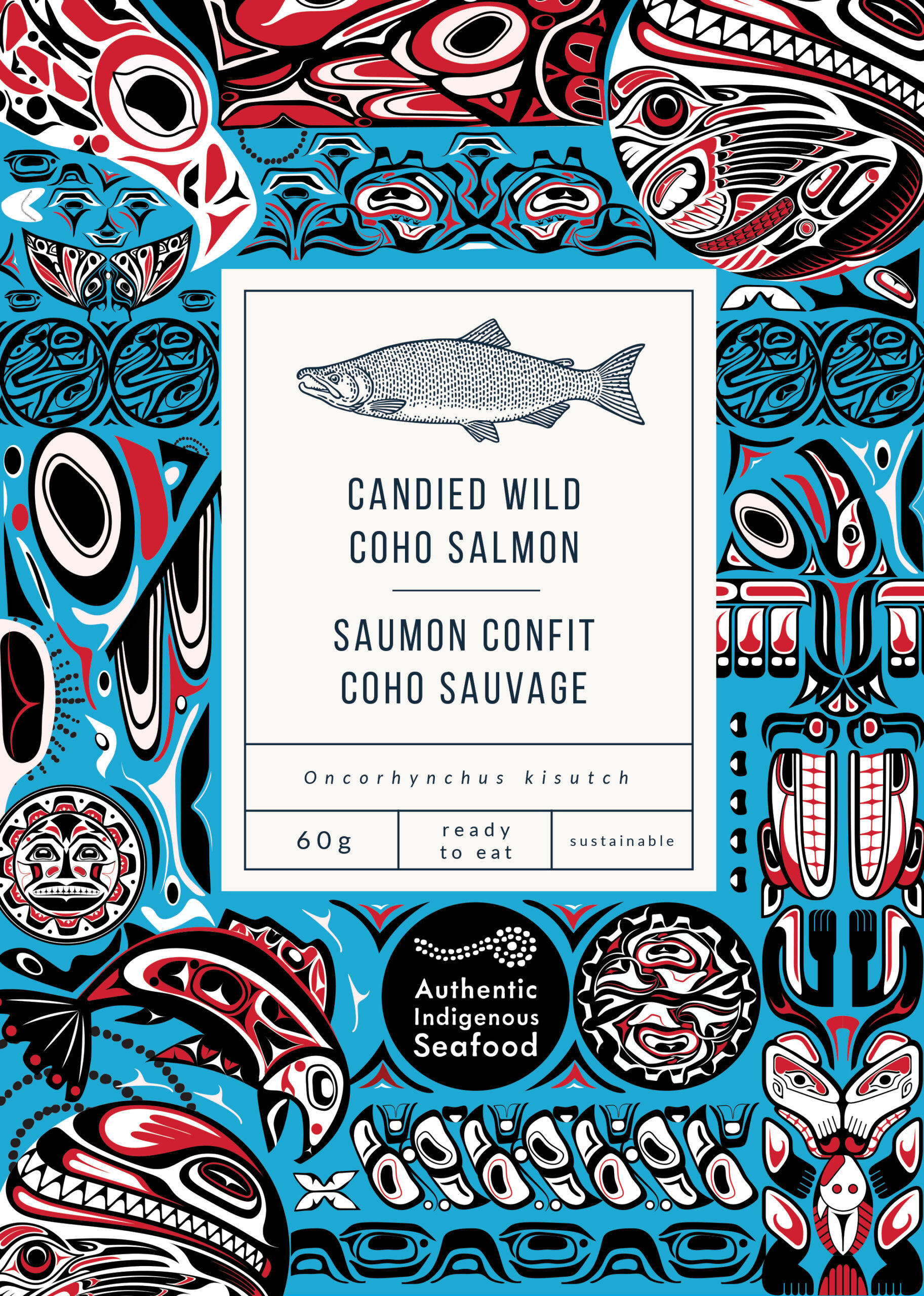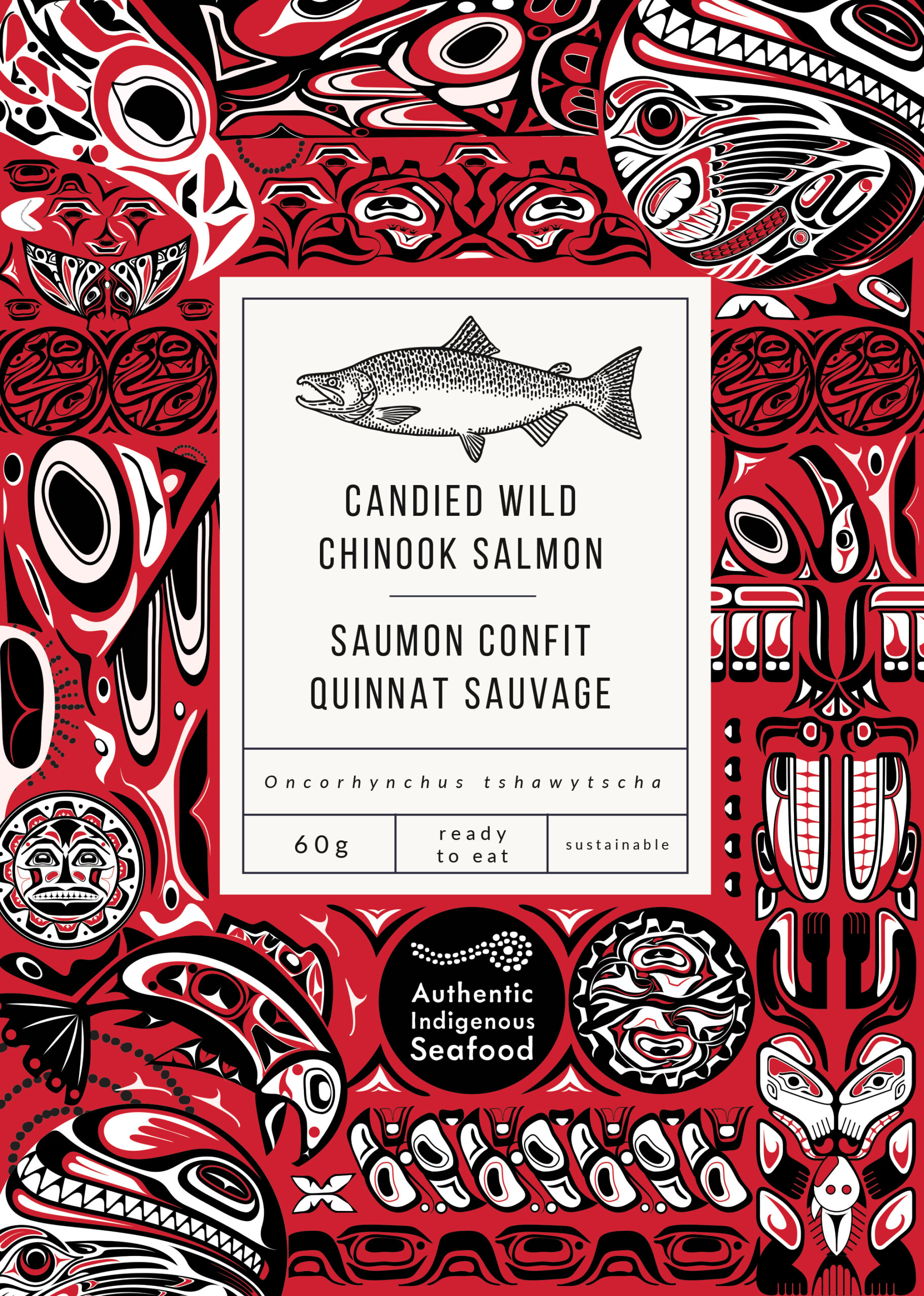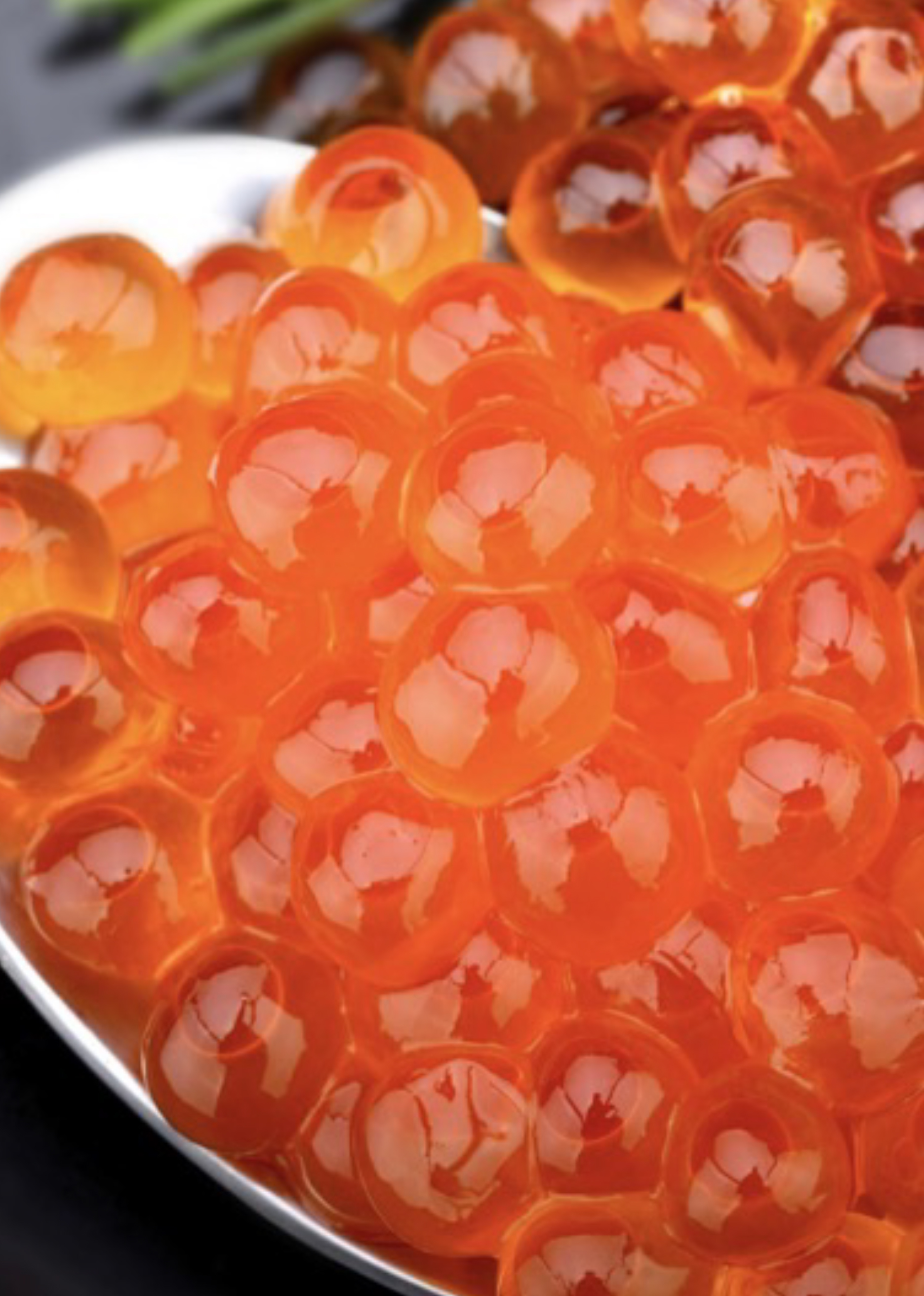Tsu-ma-uss Seafoods
Tsu-ma-uss River Fisheries, Robertson Creek Hatchery
The salmon products you are enjoying come from an enhanced wild chinook salmon stock from Robertson Creek Hatchery on Somass (Tsu-ma-uss) River. Our communities of Tseshaht and Hupacasath are from this region including the 60-kilometer long Alberni Inlet on the West Coast of Vancouver Island near Port Alberni in BC.
Our salmon fisheries include a mix of wild and enhanced stocks of 4 commercial salmon species (sockeye, chinook, chum, and coho) that are selectively harvested by our fishers.
Location & Significant Feature
The Somass River watershed covers some 1,412 square kilometers and flows into Barkley Sound. It includes three salmon-producing tributaries (Ash, Taylor and the Stamp Rivers) and several large lakes that support healthy coho, chinook and sockeye populations.
Our fisheries also include Alberni Inlet immediately downstream (the longest fjord on Vancouver Island) and the rich “Broken Group” archipelago of Barkley Sound that opens into the Pacific Ocean between Ucluelet and Bamfield.
Tsu-ma-uss Fisheries managers have been actively involved in preserving the natural productivity and ecological health of the watershed. Working closely with local industry they have been able to improve water flows through improvements to upstream dams to optimize salmon productivity and restore the water quality in Alberni Inlet impacted by historic pulp mill operations. These activities have restored estuary health and salmon habitat.
Our region’s rich biodiversity and breath-taking geography is popular with tourists year-round. In addition to our fishery, Hupacasath’s own Kleekhoot Gold Bigleaf Maple Syrup Company offers a speciality syrup harvested from natural Bigleaf Maples located in our traditional territory from the Kleekhoot area, one of our ancestral homes in the Alberni Valley. Look for our naturally maple-sweetened candied salmon.
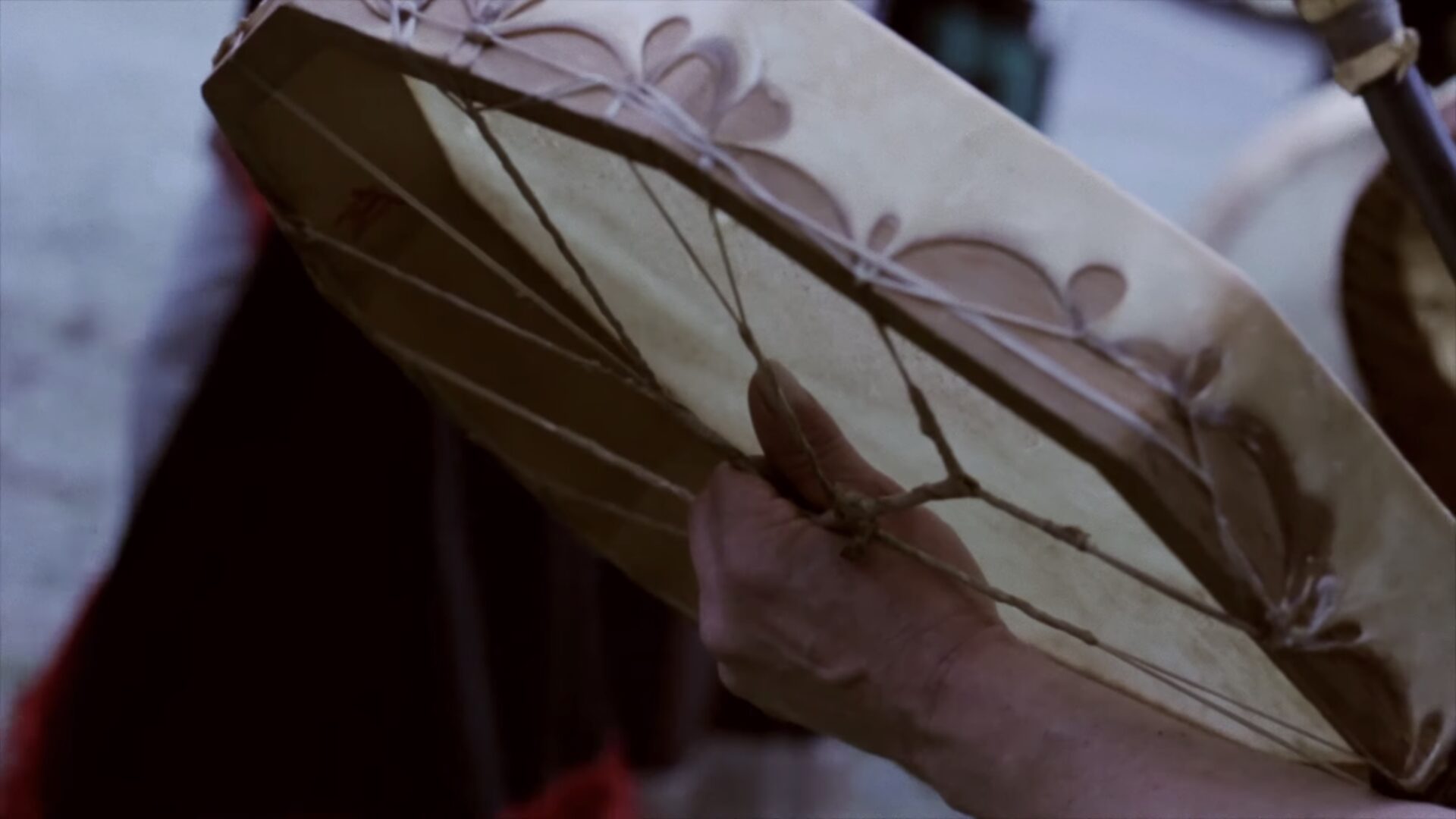
Most notable tourist attractions include kayaking the Broken Islands of Barkley Sound, visiting Della Falls (North America’s tallest waterfall at 440 metres), and spring storm watching from the comfort of several nearby B&B’s and campgrounds.
Enroute to Alberni Valley one can explore the Horne Lake caves or visit Cathedral Grove’s giant 800 year-old fir trees in MacMillan Provincial Park.
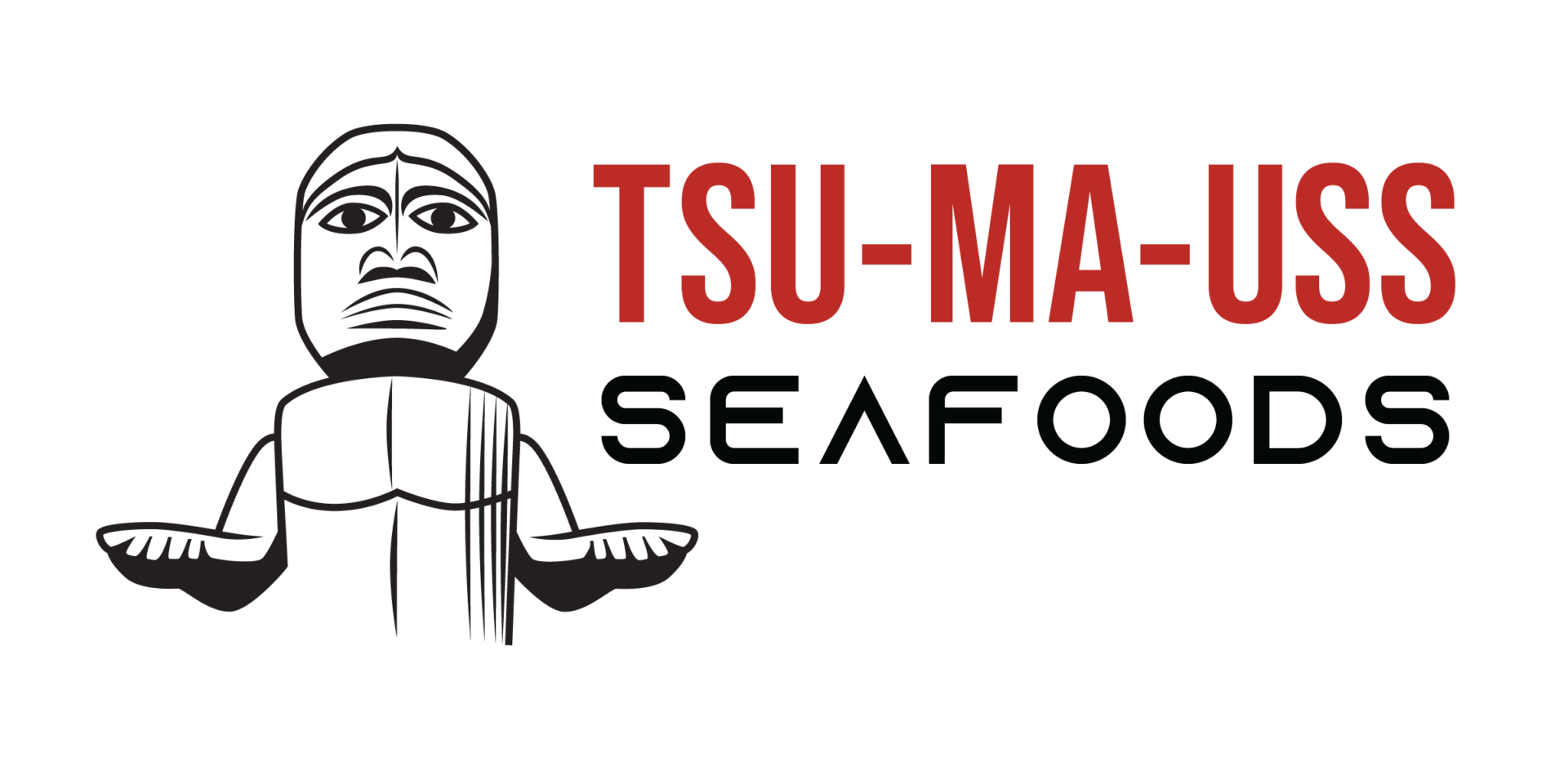
Mission
We will manage our lands and resources sustainability, based upon our vision for a healthy people and environment, strong culture, successful economy, and strong governance, to enhance the quality of life for our people.
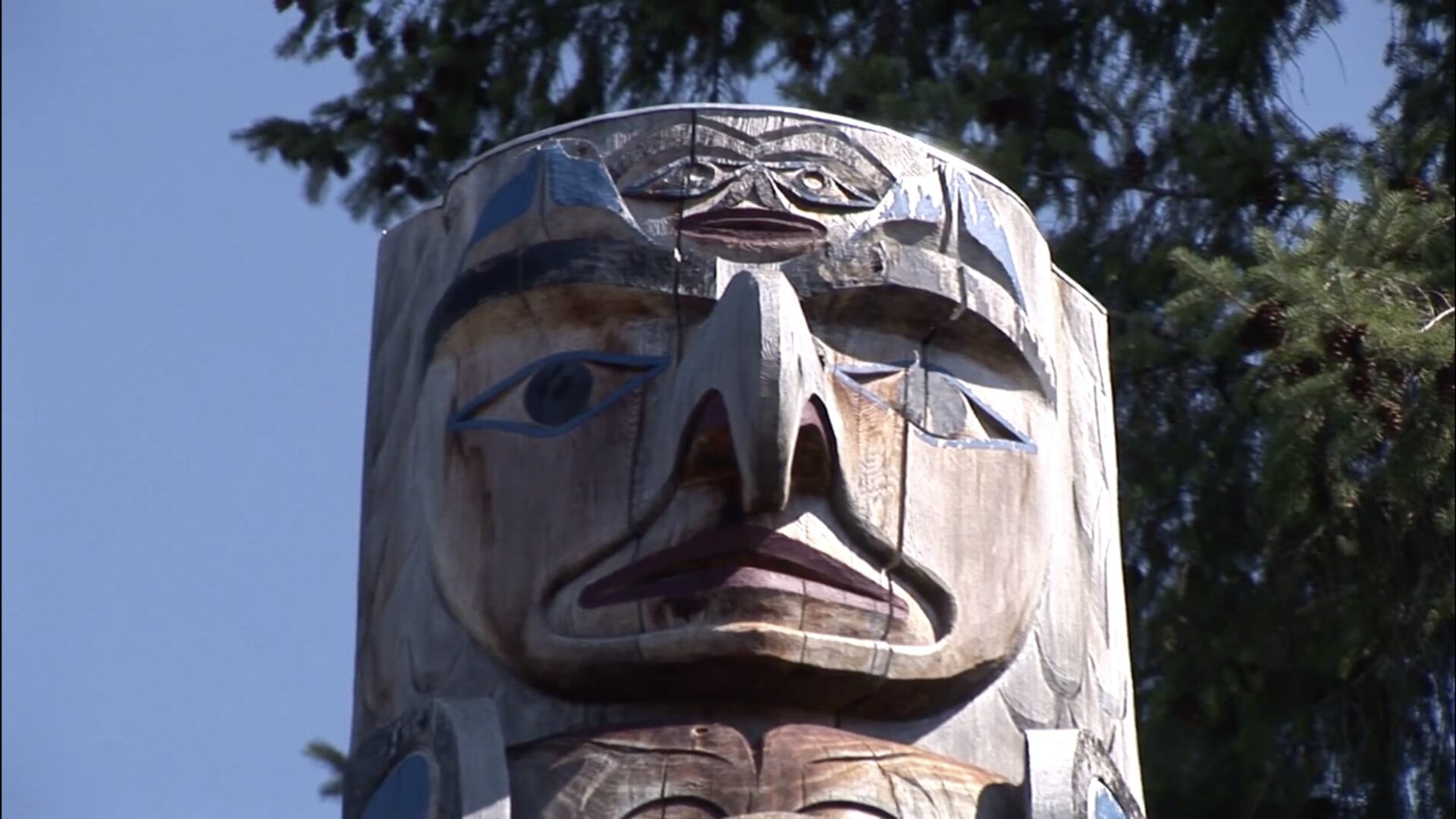
Traditions
The Hupacasath (formerly Opetchesaht) and Tseshaht (c̓išaaʔatḥ), represents two of the 14 Nuu-chah-nulth First Nations. Hupacasath translates to “people residing above the water” and Tseshaht to “people of a rancid smelly place” (because our ancestors were great whalers and their village reeked of whale oil, signifying great wealth).
Our ownership of the land is based on the Nuu-chah-nulth laws of hahuułi or ha-houlthee, which means the territory of a nation under the stewardship of a hawilth (King). This position was hereditary as the senior representative of the spiritual bloodline most closely linked to our chronicle of creation (source).
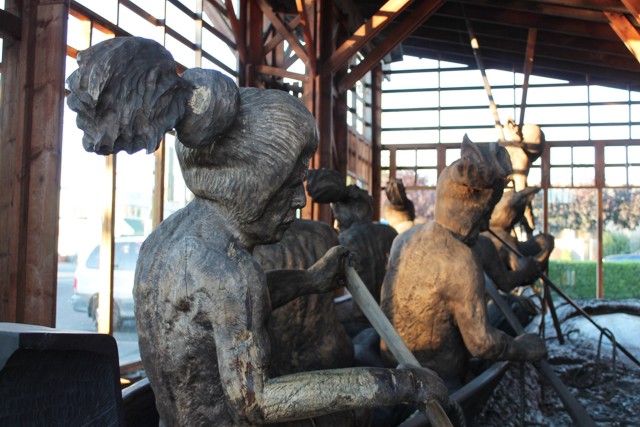
History
Hupacasath are comprised of three distinct tribes, the Muh-uulth-aht, Kleh-koot-aht and Cuu-ma-as-aht (Ahahswinis). The Muh-uulth-aht people (means people from where there is mountain with the face burnt off) lived in the Great Central Lake area with villages located at the head of Great Central Lake and around the Beaver Creek area of Stamp Falls.
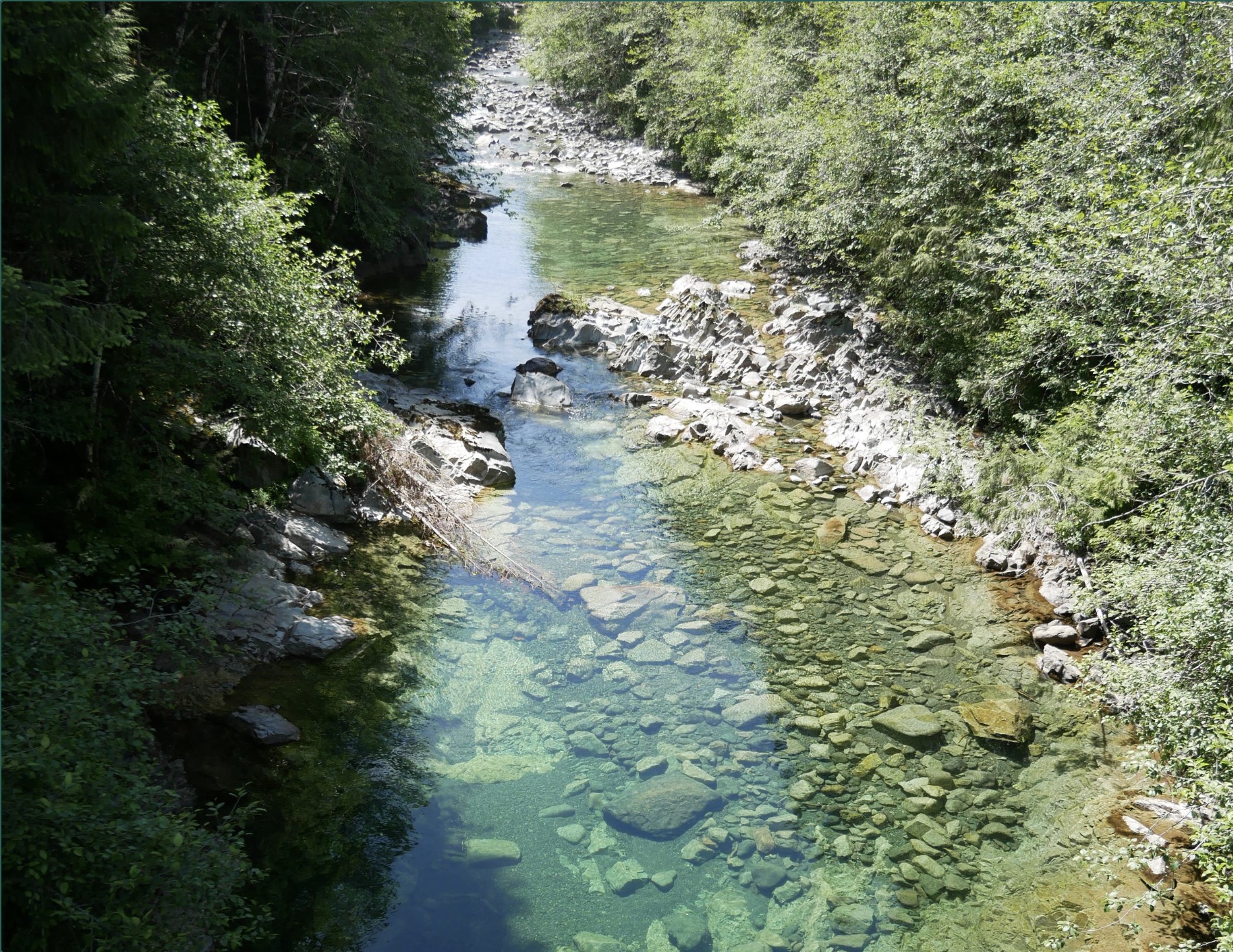
Modern Fishery
In addition to harvesting wild salmon, our fisheries include a wide variety of seafoods including halibut, sablefish, lingcod, crab, prawn, and shrimp, We also harvest an abundance of local shellfish including sea cucumber, sea urchin, oysters and clams, including the high value giant indigenous clam called geoduck (pronounced “gooey duck”).
We use the whole of our territories to exercise our aboriginal rights (e.g. hunting, fishing, etc.). Use of the territory is governed by the seasons, and we follow the migratory patterns of the deer and the seasonal runs of the salmon.
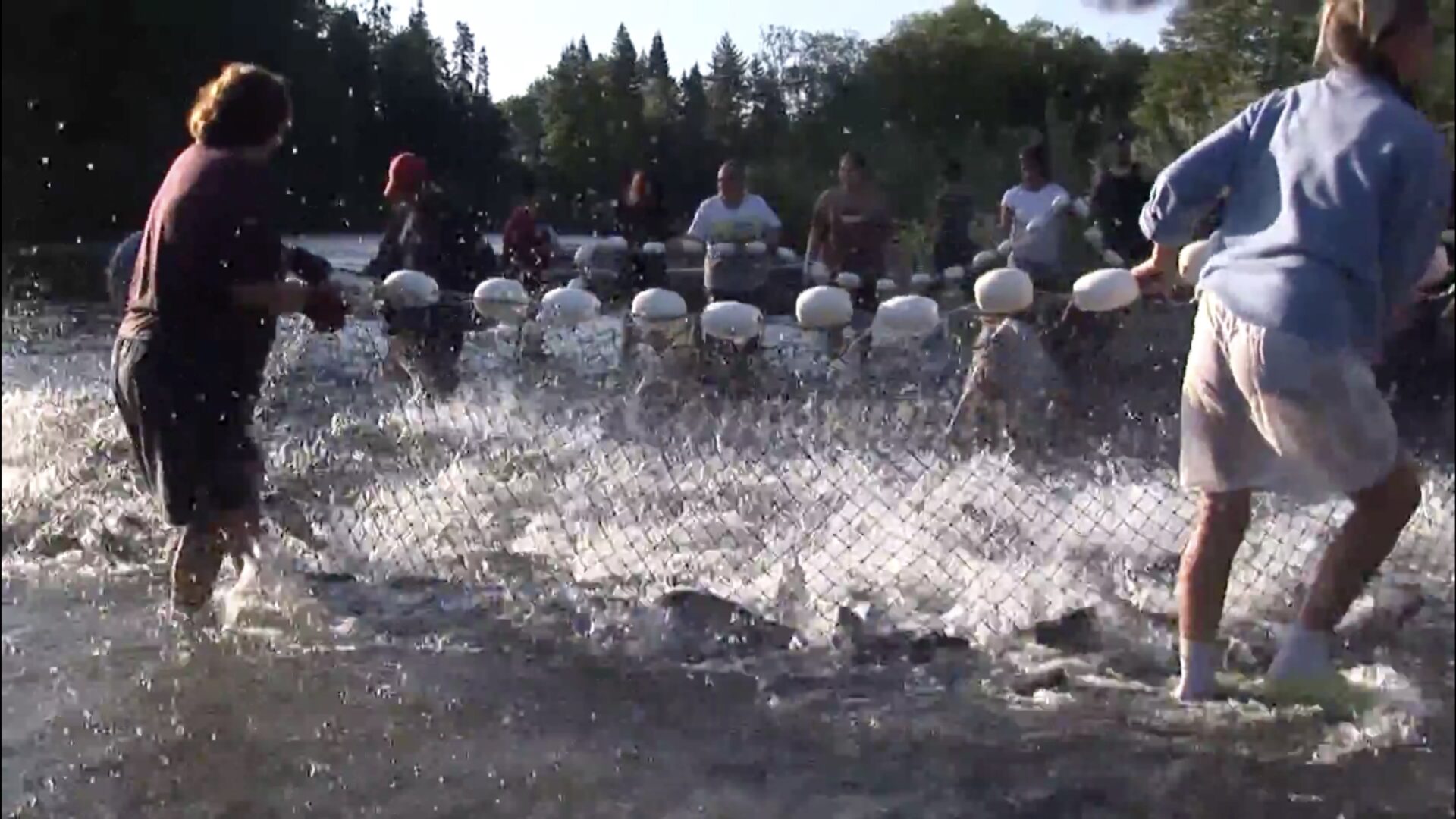
Our salmon fisheries include a combination of private and community-owned vessels operating net and trolling gear, as well as in-river beach seine and gillnet fisheries in lower river reaches and traps near the headwaters. Our managers license a combination of gear, timing, and location to target the most productive salmon stocks while letting the less productive stocks return to spawn.
This enables us to manage a sustainable and prosperous fishery and a responsible trade environment for our fishers. The early timing of many of our salmon runs that start in May, coupled with local abundance when we harvest, ensures that we are among the most sought-after and highest quality salmon producers in the region.
While many of our vessels are designed to travel outside of Barkley Sound to fish, we also license a communal fishery in-river where specialized gill nets and beach seines involve many of our families and their fishers at once. Later in the season, a special relationship with the Robertson Creek Hatchery operated by Fisheries and Oceans Canada in the headwaters is well suited for us to harvest surplus fish to any river spawning needs.
During periods of local abundance, we attract tourists and seafood lovers throughout the region to buy fresh salmon directly from our fishers and their families.
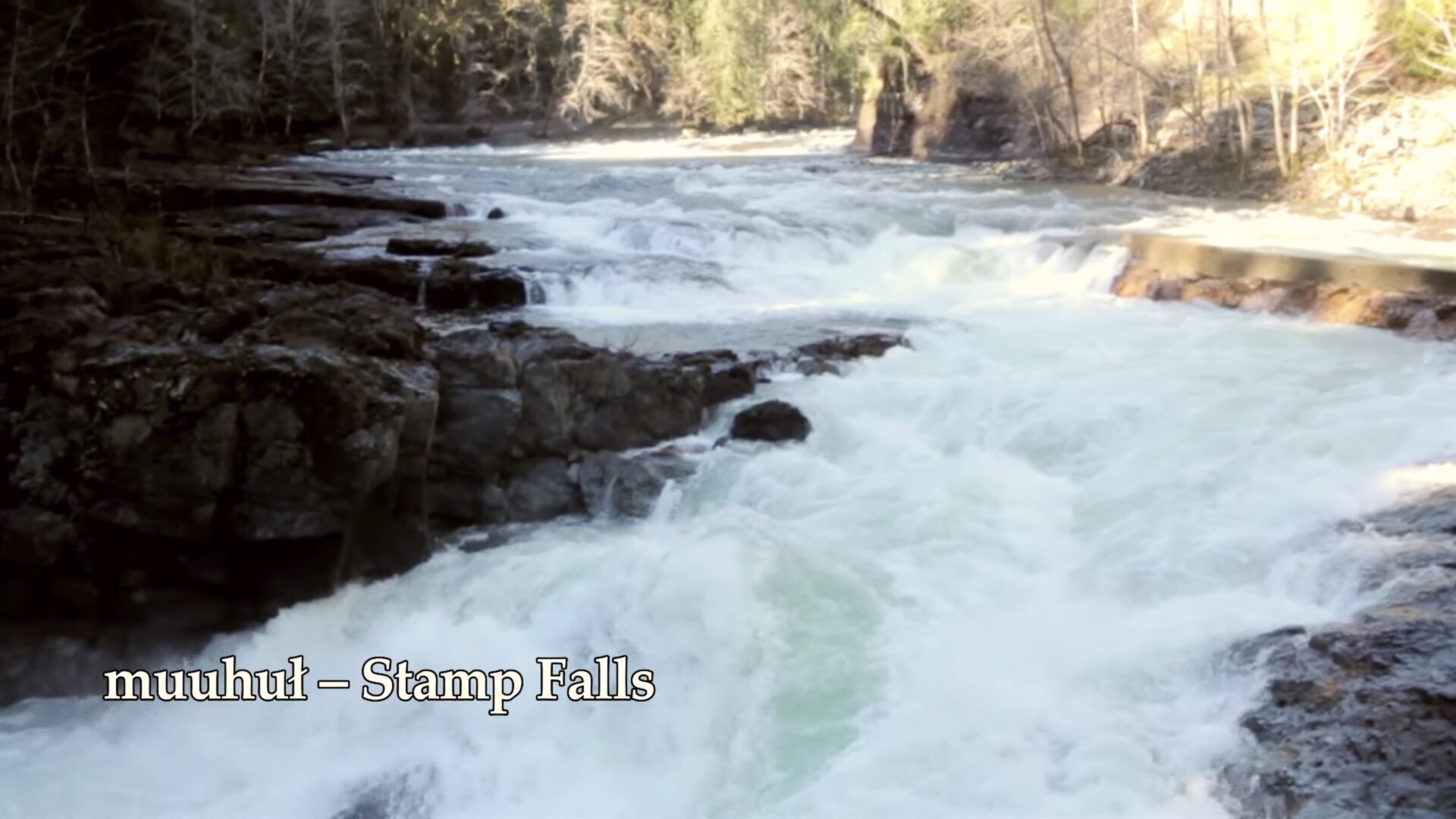
The Robertson Creek Hatchery began as the largest pink salmon spawning channel in North America in 1960 and is now a coho and chinook salmon enhancement facility. The hatchery contributes to our fisheries as well as to other commercial seine and gillnet fisheries from as far away as the North Pacific. The fishway built at Stamp falls in the 1920’s and upgraded in the 1960’s is located on the Stamp river just downstream of Robertson Creek Hatchery. It allows salmon to overcome a major impediment to spawning access in the upper river. The Roberson Creek hatchery was created in part to help colonize this up-river habitat.
Salmon counting sites at Sproat and Stamp Rivers are operated and maintained by Hupacasath fisheries staff. The work is used to provide accurate escapement counts of Sockeye and Chinook Salmon for Fisheries and Oceans Canada.
Source: Dave Rolston (Tseshaht) and Graham Murrell (Hupacasath), Fisheries Managers

About Our Logo
Tsu-ma-uss Fisheries is a traditional reference to our combined Tseshaht-Hupacasath fishery. It is reflected in our government-to-government relationship with Canada and our co-management agreements respecting our modern fishery.
The legendary figure of Nuuchii, the totem welcoming visitors from the land, was chosen to symbolize our tradition of welcoming and sharing the wealth of the sea with guests visiting our two Nuu-chah-nulth Communities.
Today Tsu-ma-uss Fisheries is our shared brand and seafood business. We work in collaboration with our commercial fishing enterprise, our fishers and our Band Councils. We manage local logistics to improve the trade environment and prosperity of our fishery for our fishers and our communities that depend upon it. Tsu-ma-uss Fisheries also aims to be the exclusive buyer for our fishery brand and to add value and market our fisheries to improve the profitability and sustainability of our marine resources. We recognize the need to steward our natural environment for today and future generations.
The two welcoming totems at the gateway to Port Alberni were carved by Hupacasath craftsmen Rod Sayers, Cecil Dawson, and Doug David. Unveiled in October 2004, the totem faces up Johnston Road and is encircled by 14 large stones representing the 14 Nuu-chah-nulth First Nations. Nuuchii represents the male Mountain totem gesturing welcome from the land. The second figure, installed shortly after, is Hakuum?I, the Princess, gesturing welcome from the Sea (source).
Links
- https://tseshaht.com/history-culture/history/
- https://hupacasath.ca/who-we-are/history/
- https://tseshaht.com/economic-development/fisheries-operations/
- https://hupacasath.ca/fisheries/
- https://www.fraserbasin.bc.ca/_Library/CCAQ_BCRAC/bcrac_somass_watershed_plan_2d.pdf
- https://hupacasath.ca/bigleaf-maple-syrup-production/
- https://www.thecanadianencyclopedia.ca/en/article/tseshaht-sheshaht
- https://www.thecanadianencyclopedia.ca/en/article/opetchesaht
- https://www.youtube.com/watch?v=sS-Cp_lpkX8
